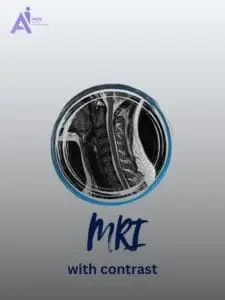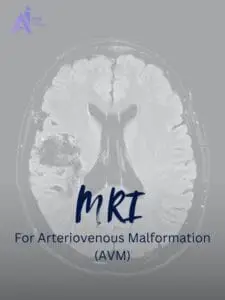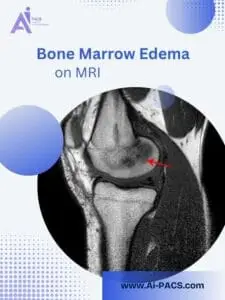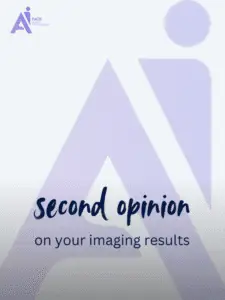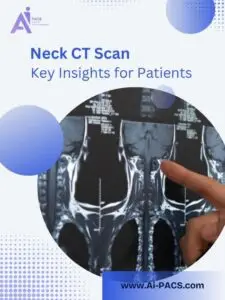How to Read a Neck CT Scan: What Are the Key Findings to Look For?
Real-Life Scenario: A Patient’s Journey
Meet Mr. R., a 62-year-old man who visited his ENT specialist with progressive hoarseness lasting over two months, similar to other airway conditions requiring specialized imaging. A laryngoscopy showed a suspicious lesion on the epiglottis. To determine the extent of the mass, his doctor ordered a non-contrast neck CT scan.
Initially, the lesion appeared confined to the epiglottis. But the CT scan revealed that the tumor had spread more widely into adjacent tissues, something that wasn’t obvious during laryngoscopy. Fortunately, the condition was still operable, and the patient underwent a total laryngectomy followed by several rounds of radiation therapy. He’s now in remission and back to everyday life.
This case highlights just how important a Neck CT scan can be in evaluating and planning treatment for airway-related conditions.
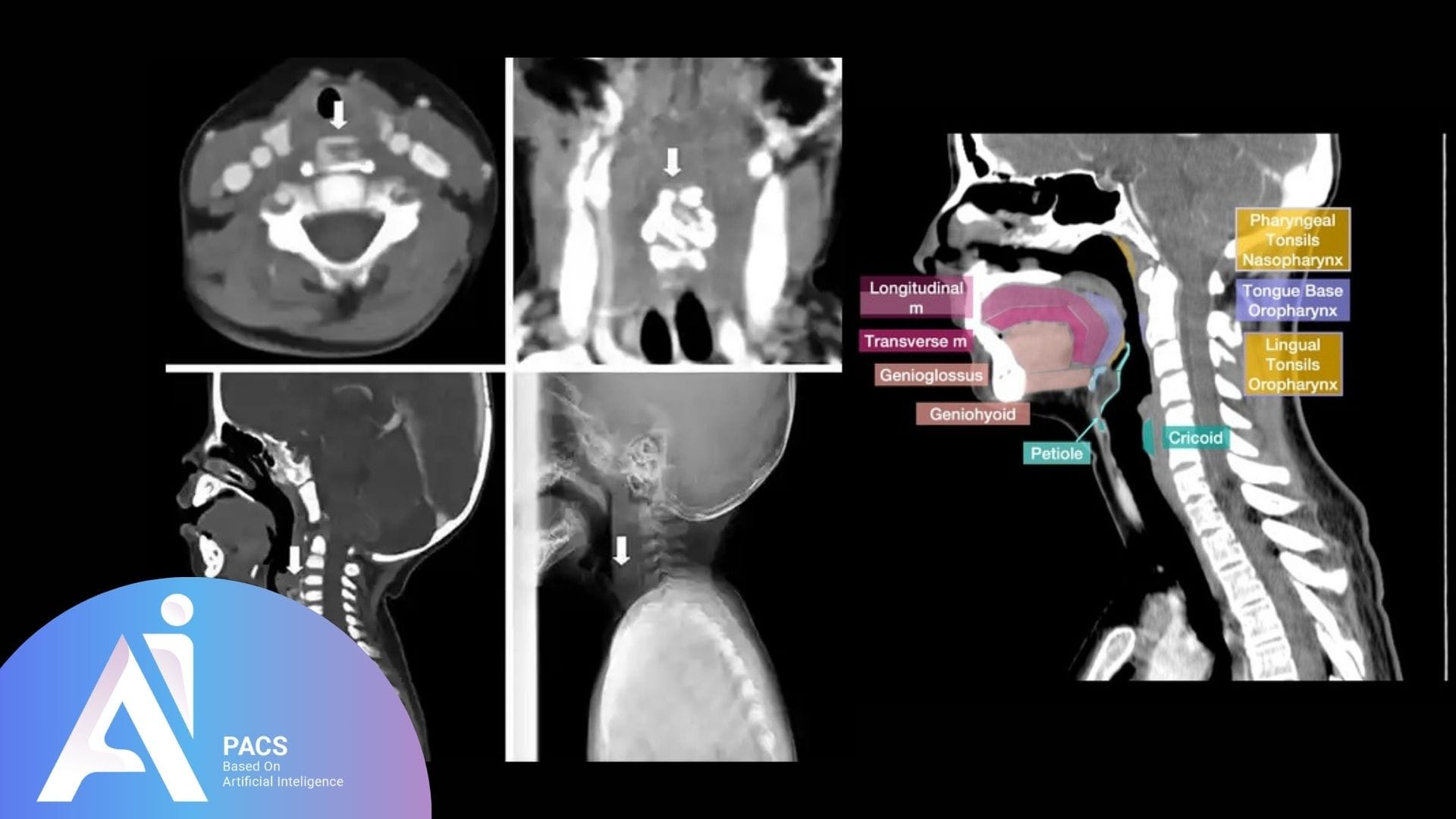
What Do These Medical Terms Mean?
Airway Involvement (Larynx, Oropharynx, Nasopharynx)
Radiologists carefully examine the airway, especially the larynx (voice box), oropharynx, and nasopharynx for masses, narrowing, or asymmetry.
Tumors in these regions can affect breathing and voice. CT helps assess how far a lesion has spread.
Related Symptoms: Hoarseness, trouble swallowing, noisy breathing.
Does It Require Treatment? Yes, ranging from surgery to radiation depending on the cause.
Salivary Gland Enlargement (Parotid, Submandibular, Sublingual)
CT scans of the neck also show the major salivary glands, which can become enlarged due to infection, tumors, or salivary stones.
A painless, slow-growing lump might be a benign tumor, while painful swelling could be an infection or blockage.
Related Symptoms: Swelling near the jaw or under the tongue, dry mouth, pain when eating.
Does It Require Treatment? Yes, if infected or obstructed. Surgery might be needed for tumors or stones.
Lymphadenopathy
Swollen or abnormal lymph nodes.
It could be caused by infection, inflammation, or cancer. CT can evaluate size, shape, location, and spread across different neck levels.
Related Symptoms: Neck lumps, fever, weight loss (if cancer-related).
Does It Require Treatment? Yes, often requires follow-up imaging or biopsy.
Degenerative Spine Changes
Wear and tear changes (like arthritis) in the cervical spine (neck vertebrae) assessment for neck vertebrae evaluation.
While not the main reason for a CT, these findings can explain chronic neck pain, stiffness, or nerve symptoms.
Related Symptoms: Neck pain, arm numbness, stiffness.
Does It Require Treatment? Usually conservative, like physical therapy. Severe cases may need further evaluation.
Thyroid Incidental Finding
Although ultrasound is better for thyroid imaging, a CT scan may still catch nodules or enlargement of the gland.
Most nodules are benign, but some need further testing, especially if they’re large or have irregular features.
Related Symptoms: Usually none, unless large.
Does It Require Treatment? Possibly, ultrasound and blood tests are the next steps.
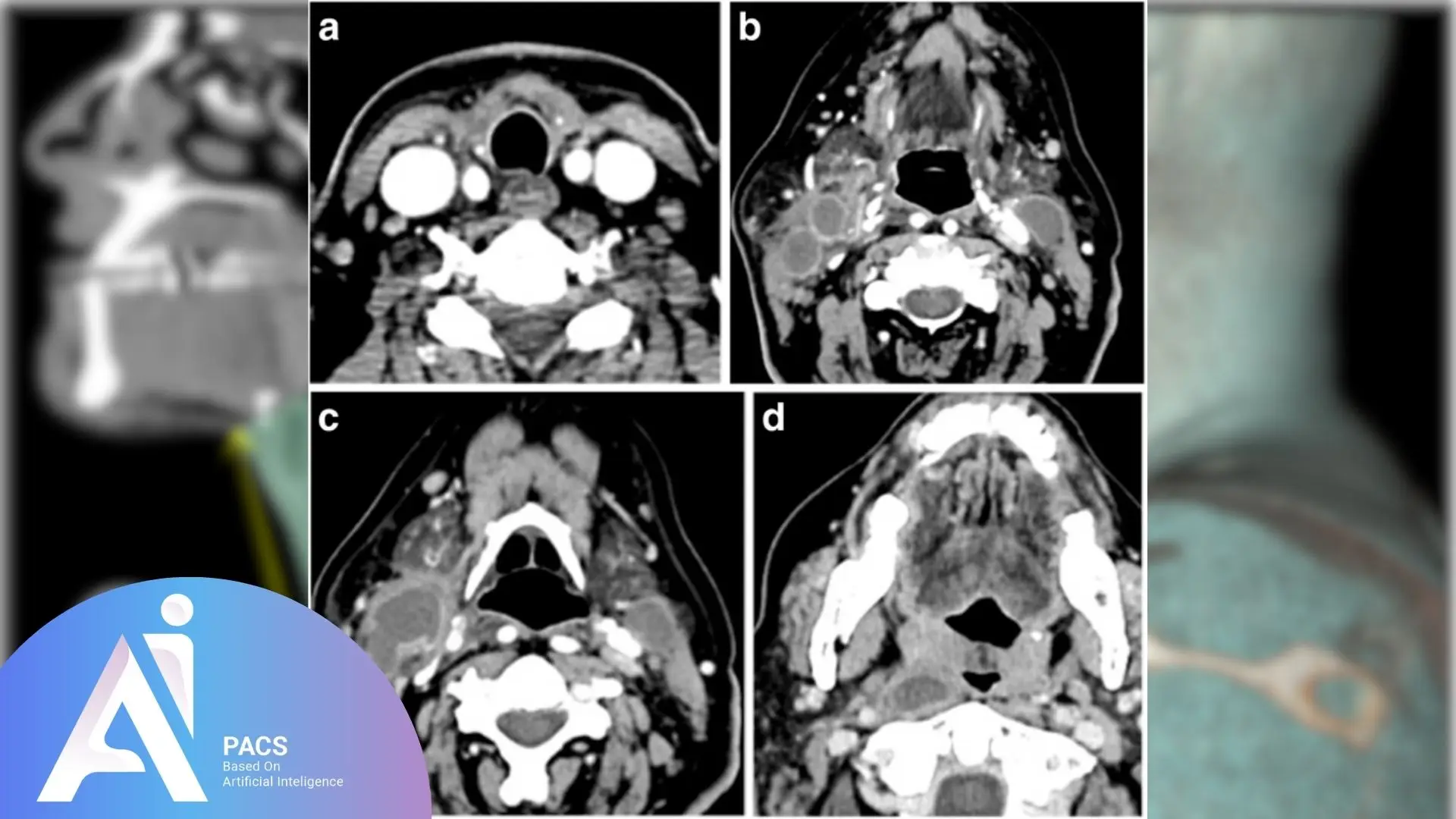
What Does This Report Say About My Condition?
Your CT report might sound alarming, but every finding must be interpreted in context. For example, a “mass in the supraglottic region” might sound scary, but its size, extent, and relation to nearby structures determine how serious it is.
Severity is often described as mild, moderate, or extensive, and findings are mapped to specific “levels” in the neck, especially for lymph nodes.
Each person’s symptoms, history, and physical exam are essential for interpretation. So even if your report mentions multiple findings, that doesn’t always mean something dangerous is going on.
Each neck CT finding must be interpreted in the context of your symptoms and medical history. Expert head and neck imaging consultation provides the clinical correlation needed to understand the significance of your specific findings.
Why You Should Get an Expert to Review Your Report
Reading a neck CT report on your own can be overwhelming. Medical terms often sound worse than they are, or they might underrepresent a serious problem if not connected with symptoms.
That’s why a second opinion, especially from a radiology expert, is so valuable. It provides clarity and reassurance, and it may help guide further tests or treatment sooner.
At AI-PACS, we combine expert radiologist review with AI-enhanced tools to give you a fast, accurate, and patient-friendly interpretation of your scan.
Neck CT interpretation requires specialized knowledge of complex head and neck anatomy. Given the numerous vital structures in this region and the variety of conditions that can affect them, professional radiological consultation ensures accurate understanding of your findings and appropriate next steps in your care.
Next Steps: Let’s Help You Understand Your Report
If you’ve received a neck CT scan report and aren’t sure what the findings mean, don’t guess. Let our expert team guide you through every term and what it means for your health.
If you’re seeking reliable online specialized neck CT interpretation service, AI-PACS is here to provide you with the best second opinion on your medical images, delivered by our team of expert radiologists.
Reference:
www.imaios.com
www.radiopaedia.org
